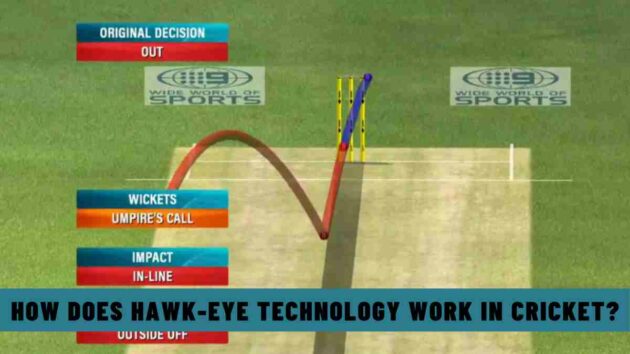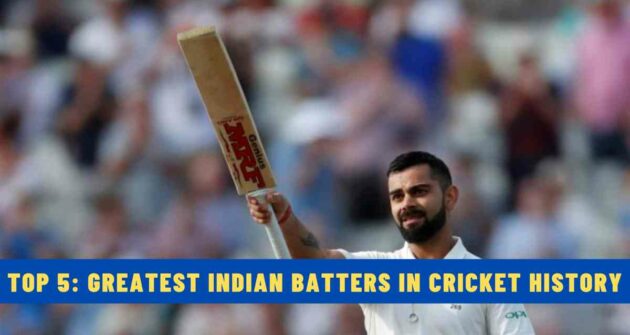Hawk-eye technology in cricket is used to calculate the speed of the ball leaving the bowler’s hand, the swing of the ball, how much the ball has bounced, how much the ball spun sideways off the wicket, and where the ball would have passed the stumps.
In this article, we will talk about how hawk-eye technology works in cricket.
Table of Contents
What is Hawk-Eye Technology?
Hawk-eye is a camera system that traces the ball’s trajectory during the game. It is the most used tool in sports.
Hawk-eye is an ultra-modern tool used in any sport. Hawk-eye first made its name in cricket television broadcasting, yet the brand has expanded into tennis, snooker, and coaching.
Hawk-eye provides a distinctive blend of innovation, experience, and accuracy that has revolutionised the sporting world. Hawk-eye is the name of a line-calling system that traces a ball’s trajectory and sends it to a virtual reality machine.
How Does Hawk-Eye Technology Work in Cricket?
A network of six or more high-speed cameras, typically positioned around the stadium roof, tracks the ball throughout the game.
Each camera captures the ball’s position from a different angle. This data is fed into a computer system that uses triangulation to create a three-dimensional (3D) image of the ball’s path.
Sophisticated software analyses the ball’s movement and predicts its path if it is uninterrupted. This is particularly useful for umpires making decisions about Leg Before Wicket (LBW).
Hawk-eye can generate various outputs for viewers and umpires. A projection of the ball’s path to see if it would have hit the wicket, provides data on the speed and spin of the delivery, shows where the ball landed on the pitch, and illustrates where the ball was hit by the batsman.
Hawk-eye, along with other technological tools (such as UltraEdge, Hot Spot, and Real-Time Snicko), creates a comprehensive system for decision-making. This synergy between technologies ensures that all aspects of play are covered, leading to more holistic and accurate decisions.
Also Read | Ten Best Umpires in Cricket
Accuracy of Hawk-Eye
Hawk-eye is used in various sports and is known to be almost accurate but not 100% precise. There is a 3.6-millimeter margin of error when tracking the ball’s accuracy and landing position.
This margin applies to all sports, including cricket, and is considered acceptable by cricket’s governing bodies.
Advantages of Hawk-Eye Technology in Cricket
Hawk-eye technology allows match authorities to make decisions with minimal errors. It has reduced the chances of incorrect decisions, especially in crucial situations. Hawk-eye provides clarity, eliminating uncertainty and ensuring transparency.
It helps in the Decision Review System (DRS). Hawk-eye is a major component of the DRS, as it provides accurate information for reviewing on-field decisions, especially in cases like LBW and caught-behind appeals.
Hawk-eye data allows players to study their past performances in detail. Batters and bowlers can analyse ball trajectories, pitch points, and potential outcomes to improve their game.
Read Next | 11 Modes of Dismissals in Cricket











